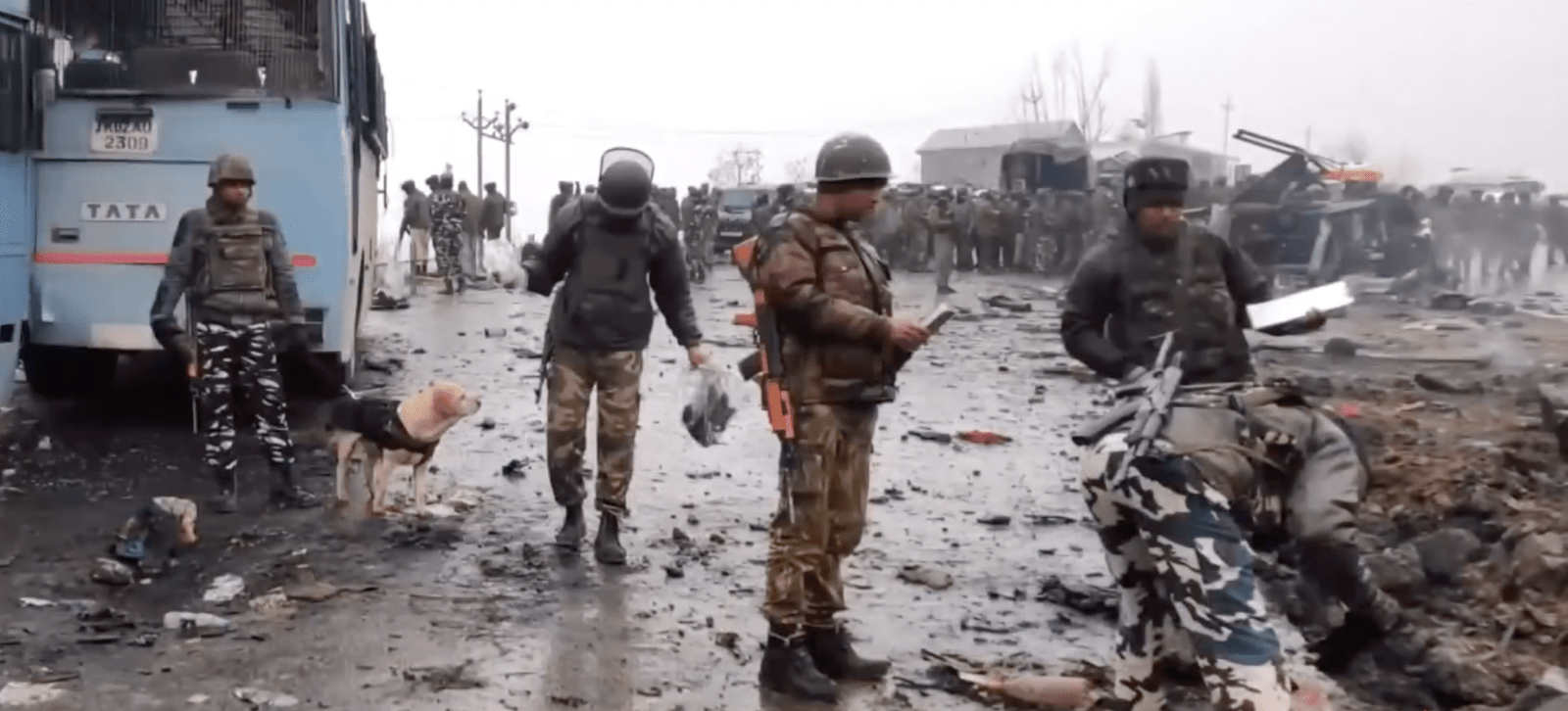When violence struck Pahalgam on April 22, 2025, India started blaming Pakistan within a few minutes. Neither any evidence was shared nor was any joint investigation proposed. Rather, after a couple of weeks, on 7th May, Indian jets started crossing borders, igniting four tense days that could have spiraled out of control. Pakistan had no other option but to retaliate in order to protect its sovereignty. Hence, on morning of 10th May 2025, Pakistan launched its retaliatory Operation Bunyan-al-Marsoos (Leaded wall) which combined cyber capabilities into conventional warfare. This conflict was different from what we had experienced previously in the region and what made this conflict different was that both nuclear-armed neighbours used cyber capabilities for the first time against each other.
Pakistan stood firmly in the face of this pressure. It has successfully detected and blocked suspected attacks that have been originating from India, neutralizing intrusions effectively. Critical systems stayed secure. Even during the chaos and incredibly high-stakes environment, Pakistan achieved this while refusing to escalate tensions. Pakistan’s cybersecurity teams worked to identify and block social network accounts that transmitted disproven fake news and fueled anti-state propaganda and civil disorder. Their patrolling activities included continuous monitoring of the social media accounts with a 24\7 firewall provided by the state. This design gave selective and non-misleading filtering without raising censorship. According to the police sources, after intense monitoring and detection, a massive number of 52,778 pages on social media platforms were spreading propaganda and out of these, 11,132 pages were blocked with the support of the cyber security units. It was a valuable measure to restore national narrative, popular faith and civil peace in a high tense environment.
Pakistan successfully destroyed seventy-seven “kamikaze” drones that were part of Operation Sindoor by using cyber capabilities to target waves of these drones. This prevented the Indian surveillance from completing its task and made them much less aware of the situation. This result was a huge success for Pakistan since it was the first time they were fighting with India in a drone battle.
Some of the groups that have contributed to the increasing cyber-resilience of the country include the Computer Emergency Response Team (CERT) and the Pakistan Telecommunication Authority (PTA). Similar to a digital guardian, CERT protects such vital lifelines like communication networks, financial systems, and power grids, locating and preventing any threat from hitting before it occurs. It also emphasized that the public should be conscious of potential Indian cyber strikes and not to click or open any connection, messages, or emails that appear to be suspicious. The PTA also blocked thousands of serious intrusion attempts that were targeting web servers across Pakistan. Not a single attack from India was successful. Beyond protection, PTA actively combated misinformation. The communications networks remained operational while digital assets maintained their safety. Rather than mimicking India’s escalation with aggressive and indiscriminate cyberattacks, Pakistan adopted a defense-oriented cyber strategy. Pakistan only launched targeted cyberattacks, protecting civilians and ensuring their safety. Such types of responses did not aim at civilian infrastructure or communication networks, but rather they followed international humanitarian standards in order to create disruptions without completely destroying India’s cyberspace.
Operation Bunyan-Al-Marsoos was not only a response but an important component of Pakistan’s broader cyber strategy. Their entire strategy was based on preventing crises from escalating. Pakistan has proactively exhibited its obedience to international cybersecurity regulations. This is evident in the way they adhere to the guidelines set forth in the 2021 reports of the UN Group of Government Officials. They have reflected on digital sovereignty, state responsibility and friendly dispute resolution. Notably, Pakistan is the sole country in South Asia to embrace these UN principles in proper cyber conduct. Such digital retaliation adhered to the international humanitarian regulations instead of targeting the civilian structures or communication systems. This well formulated plan proved to be successful. It assisted in preventing a larger confrontation and securing a cyber-battle in which Pakistan was significantly outmatched.
Although India has spent approximately eight times as much in defence ,delicate moves and resistance to escalation by Pakistan were sufficient to overcome the high-tech advantage of India. It was essential to adopt disruption rather than destruction. It assisted Pakistan to achieve its objectives and maintain a good reputation in the global sphere without initiating a larger conflict. These incidents revealed more about the Pakistani spirit. It extends beyond ordinary war. They even held back in retaliating when they were provoked in Pahalgam. Safeguarding valuable infrastructure, preventing drone assaults, and combatting Indian deception were things that maintained the land safe and sound. In conclusion, in today’s world where conflicts use code as well as bullets, Pakistan is ready to fight.




Be the first to comment